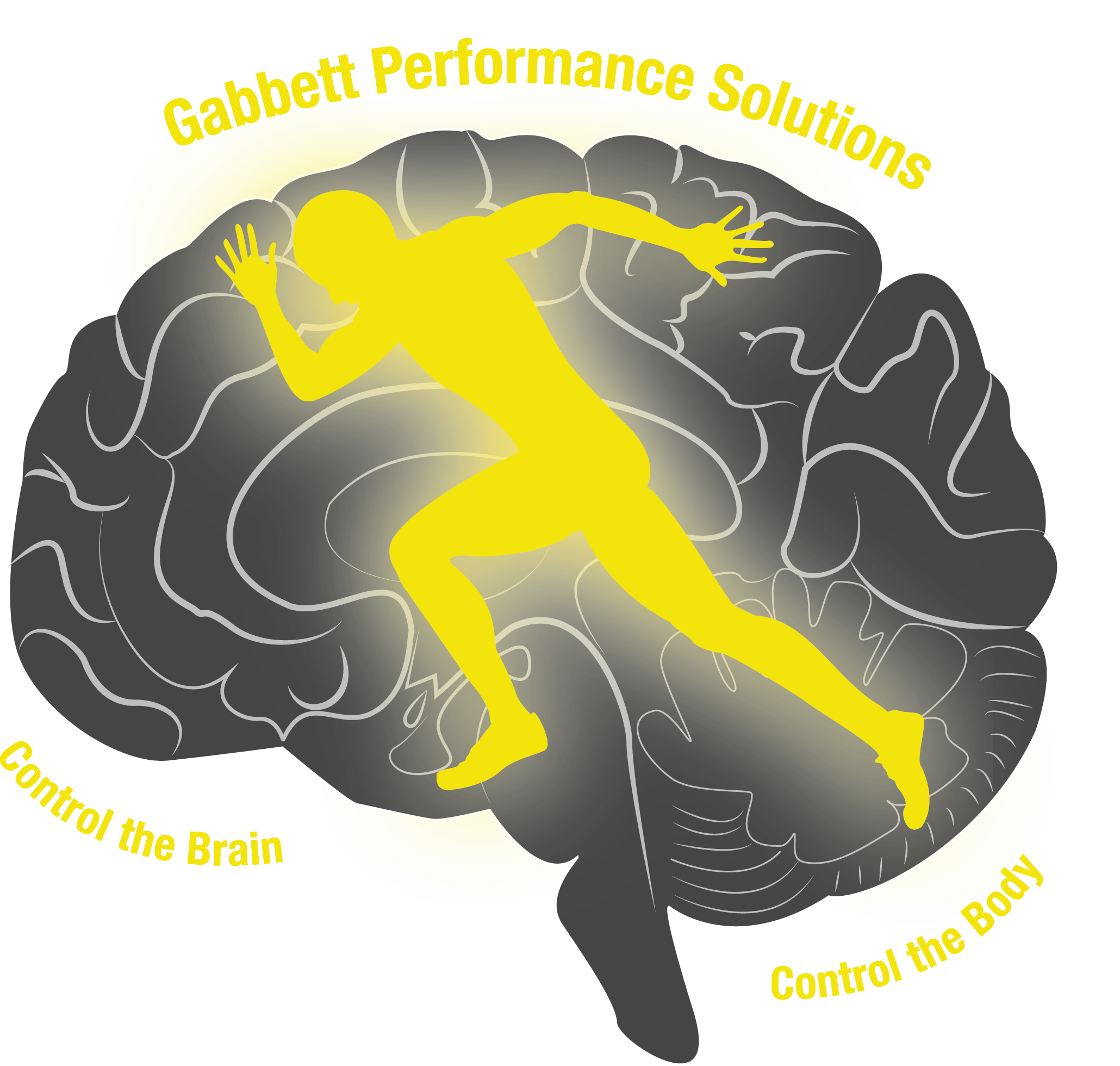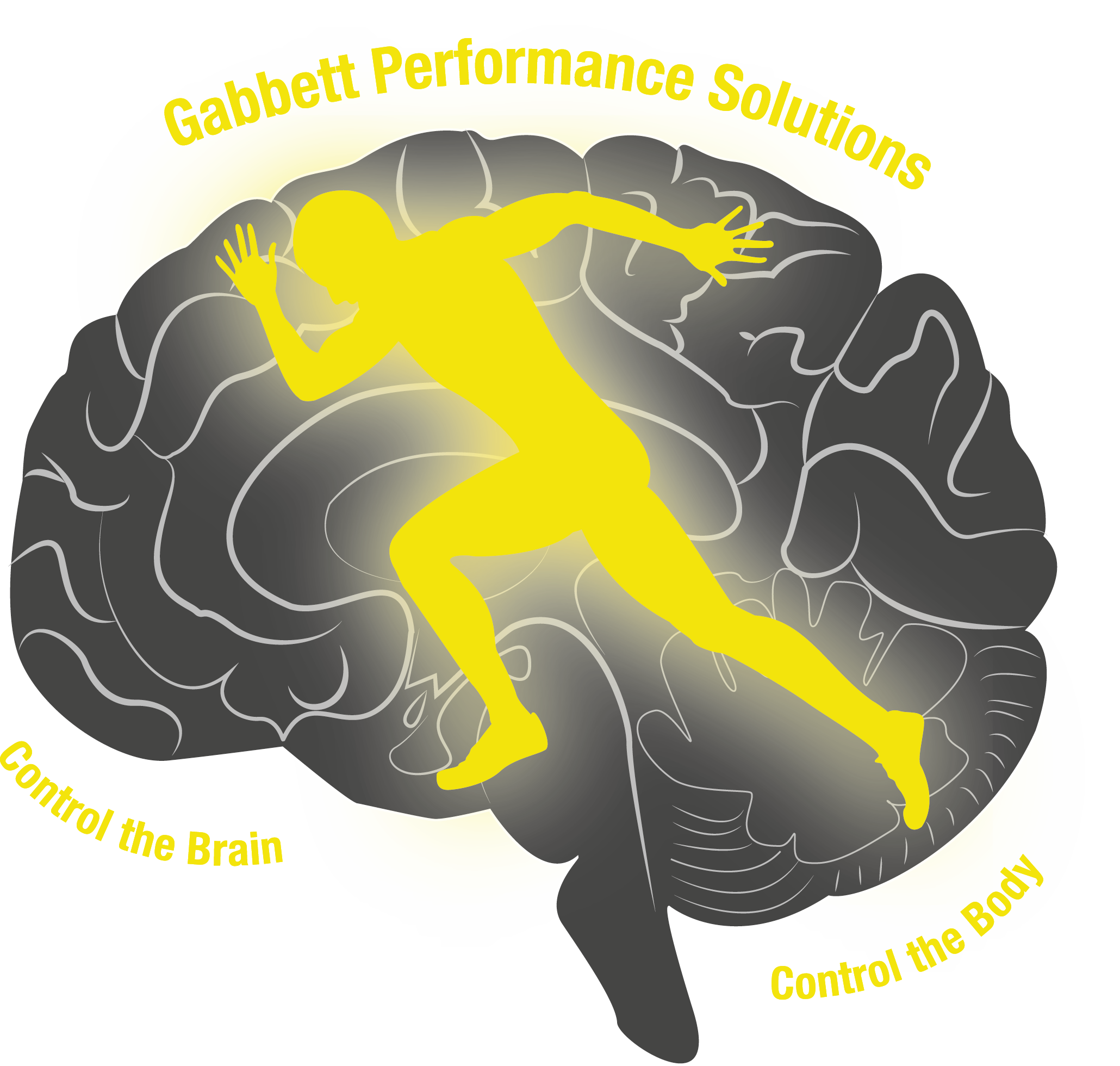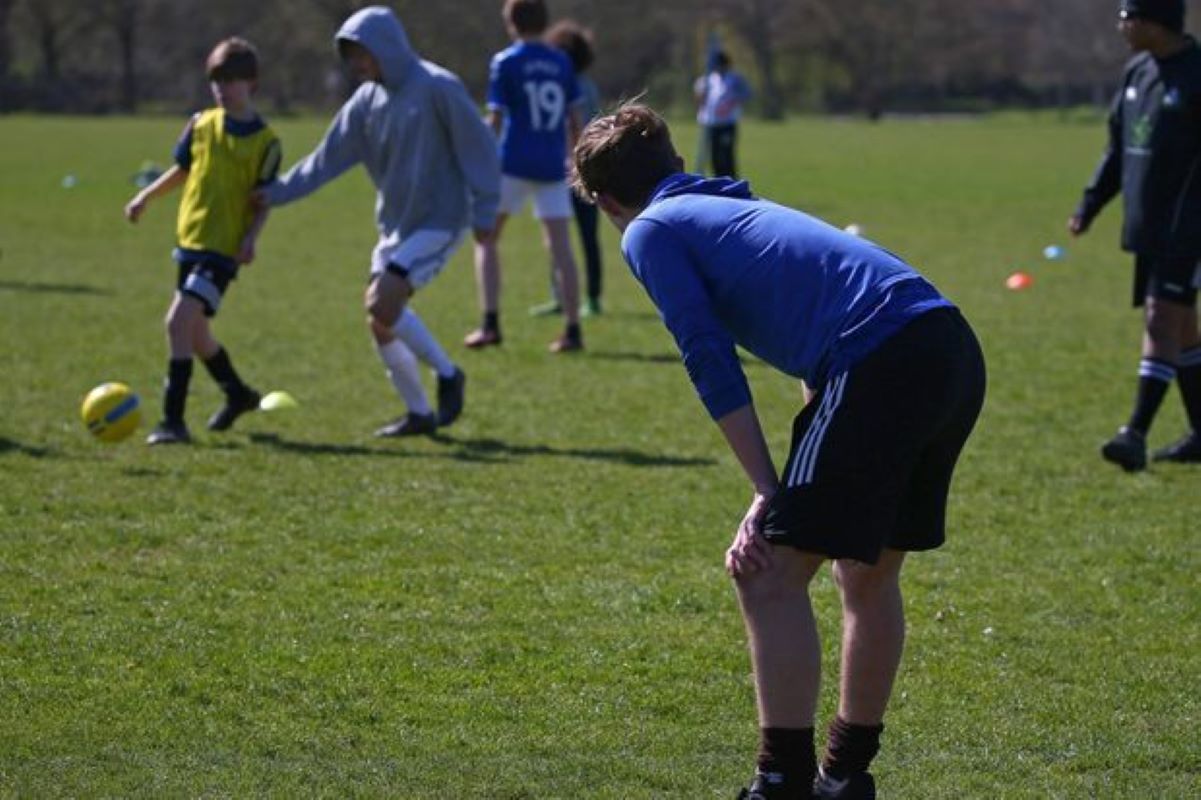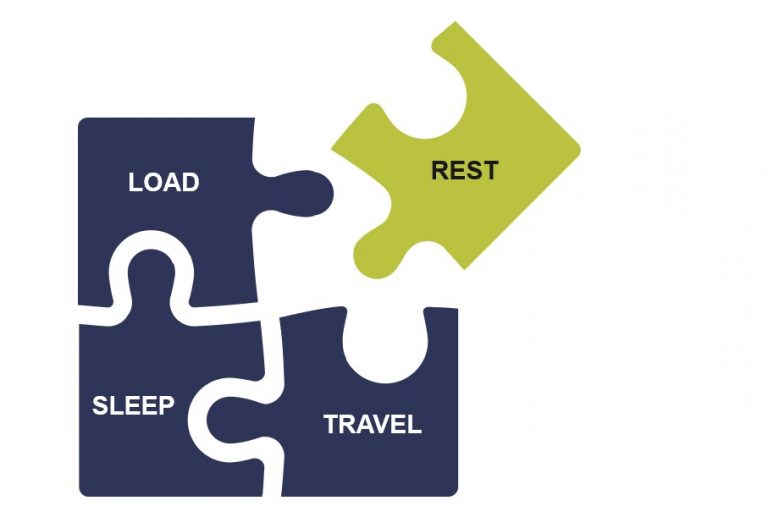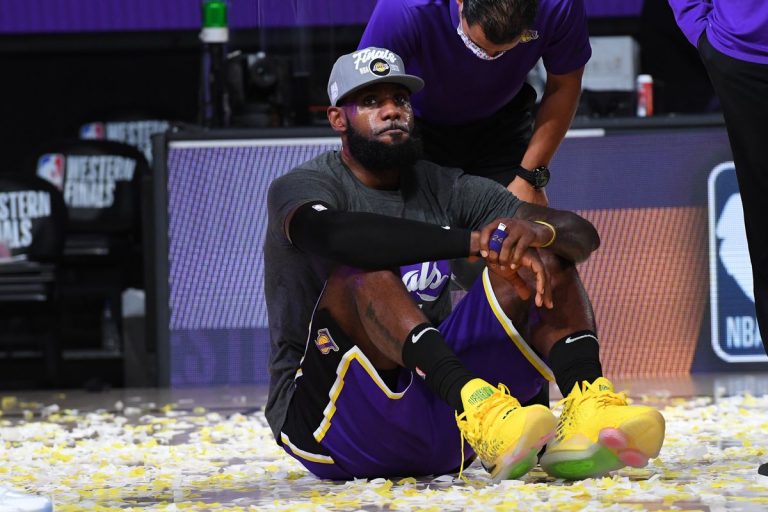It has now been over 12 months since Covid-19 swept across the world. While some world leaders compared Covid-19 to the common cold, and proclaimed that there was no need for concern, the reality has been much different with countries struggling to get control of the virus and forcing hundreds of thousands of people into repeated lockdowns. If the pandemic could be compared to a sporting event, it would be a marathon with no finish line! It just goes on and on and on! Professional sporting competitions have been permitted to resume, albeit under restricted conditions including competition “bubbles” and games without spectators. In less than 3 months the Tokyo Olympics will begin – assuming it is considered safe enough to hold a major sporting event in the middle of a pandemic. In some countries (e.g., Australia, New Zealand), athletes training schedules have been largely uninterrupted, while in others (e.g., North and South America, and most European countries) repeated lockdowns have made consistent training and access to competition extremely difficult.
Elite athletes are not the only people affected by interrupted training and exercise routines. In some countries, gymnasiums have remained closed, sub-elite athletes have been unable to return to sport, while patients undergoing rehabilitation have had limited access to their rehabilitation professionals. In many cases, it has left these individuals ‘climbing the walls’ in frustration! With gymnasium closures, athletes and patients have been forced to train from home. In many cases, athletes have faced poor or non-existent training facilities and more excuses to avoid training. However, for all the challenges that Covid-19 has presented, these in-home programs have allowed extra scope for creativity and innovation. Given a little direction, athletes and patients have learnt to be creative, think laterally and take ownership over their programs.

However, the limited access to facilities and competition has led to questions around safely returning athletes to sport. Athlete’s preparedness for sport will depend on their current capacity (i.e., their “Floor”), the required capacity of the sport (i.e., the “Ceiling”) and the time they have to progress from the Floor to the Ceiling. In cases where there is no time pressure, we can safely progress our athletes from the Floor to the Ceiling and ensure they are well-prepared. However, if we allow inadequate time or are required to train from a low Floor, it increases the risk of injury and our athletes being under-prepared for the demands of competition (i.e., the “Ceiling”). Maintaining some form of training in lockdown allows our athlete to raise their floor and bridge the gap between their current capacity and the demands of the sport.

Training in Uncertain Conditions Requires “Principles” Not “Rules”
For those who rely on the textbook to dictate their training, Covid-19 will be particularly challenging as there is no chapter on how you should train during a pandemic! But the best practitioners will overcome the challenge of returning to sport following lockdown because they use well-established training principles to inform their programs. And even though they may have never previously developed training programs during pandemics, they (like all of us) have had similar experiences (e.g., preparing athletes in a short pre-season, athletes turning up to training camp in poor shape, returning athletes to competition following injury) that they can draw on to inform their programming. Rather than using black and white, rigid rules the best practitioners are able to adapt these fundamental principles that underpin their programming approach.

In the Marathon with No Finish Line – Keep Your Head Down and Hold Your Nerve!
Although the lockdowns that have resulted from the pandemic have created challenges to athletes of all abilities, these challenges are not insurmountable. And although we have never lived through a pandemic before, we can draw upon our previous experiences and well-established training principles to create training programs that develop robust and resilient athletes who are capable of performing the demands of competition. The best way to attack a marathon with no finish line is to keep your head down – don’t look too far ahead, hold your nerve, and put one foot in front of the other. A similar approach can be used when training during lockdown – don’t worry about what may or may not happen; instead build training consistency so your athletes can thrive upon returning to competition.
Want to learn more from Tim? Learn more about how we can help your high performance team.
ONLINE COURSES
Accessible courses with interactive activities to study at your own pace, available 24/7 online whenever you need them.
CONSULTANCY
Performance reviews, data analysis, competition support and professional development for high performance sporting, cultural and military teams.
WORKSHOPS
Fully accredited professional development workshops for sports scientists, athletic trainers and other high performance practitioners.
